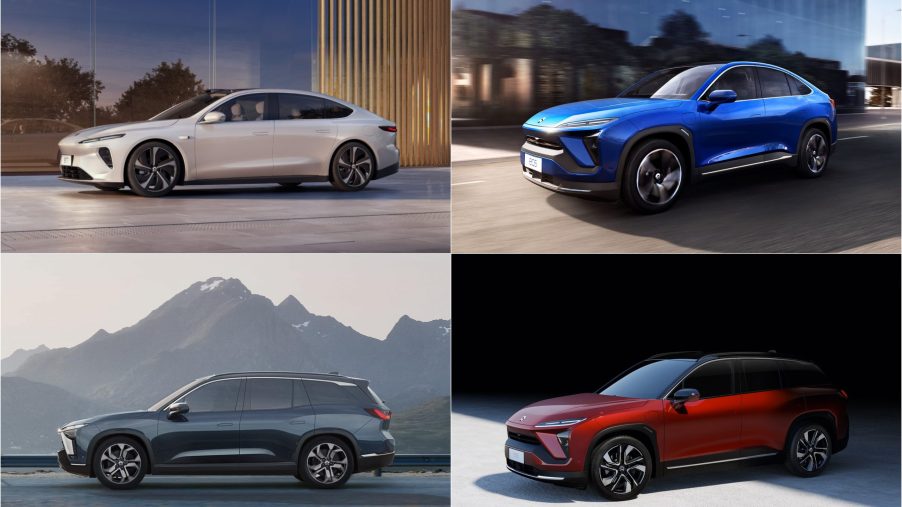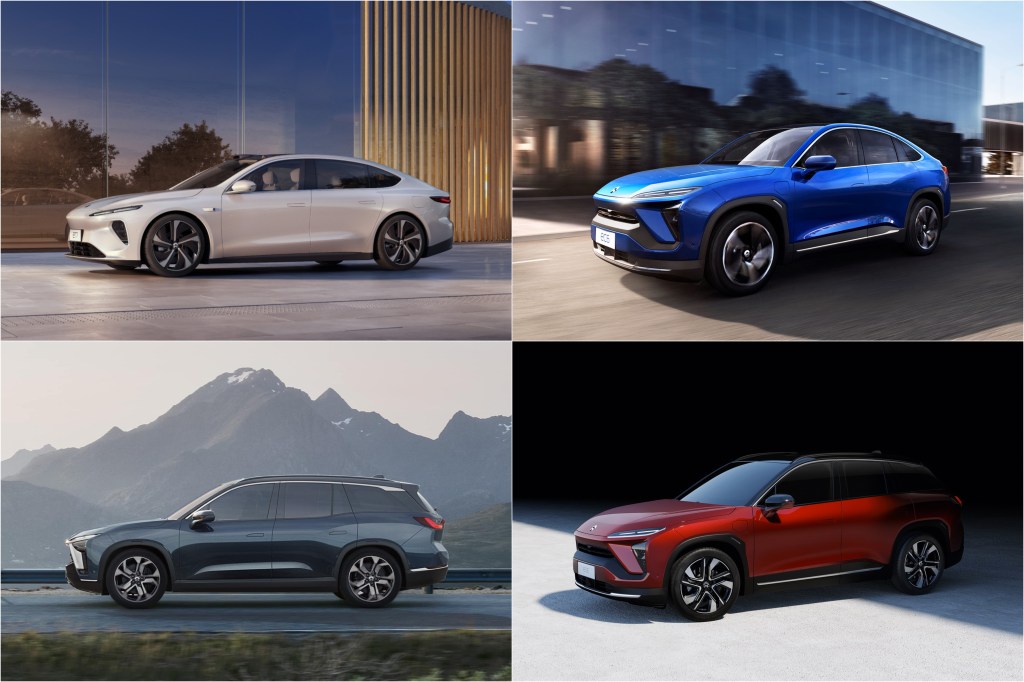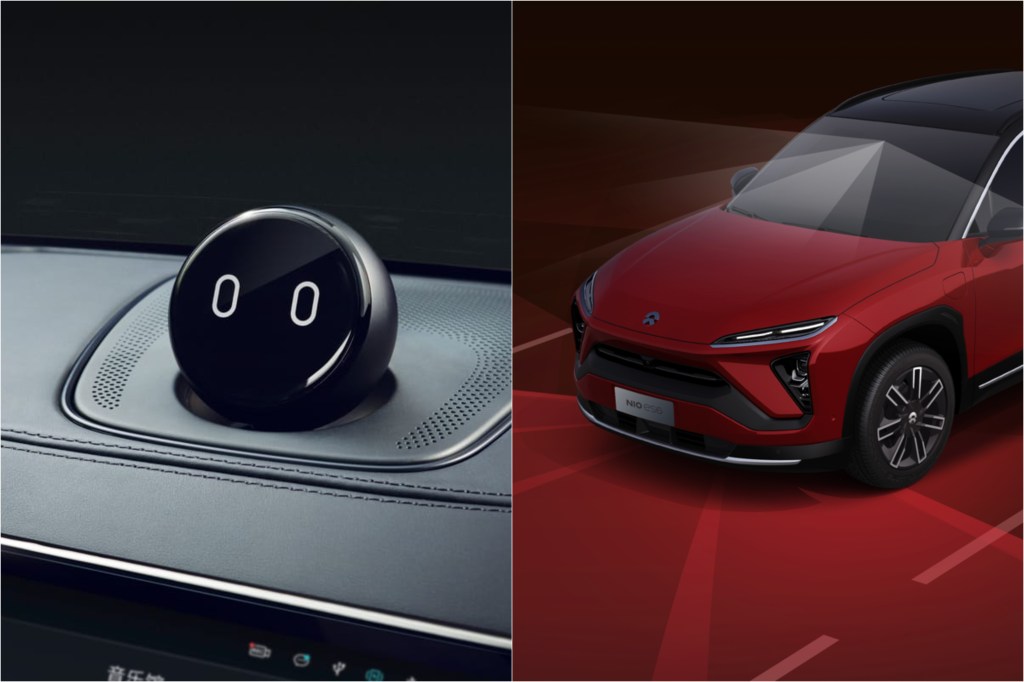
Chinese Electric Car Company NIO Uses Battery Swap Technologies
Electric cars, while revolutionary, have one major flaw: charge times. Many people can’t afford to wait 45 minutes for their car to charge at the fastest charging station when a gas-powered car can fill up in five. But as more superchargers are made available across America, NIO, the Chinese version of Tesla, is using a battery swap system. With this strategy, the time it’ll take to “recharge” your car would be about the same as filling up at the pump.
How does the battery swap system work?
Rather than plugging into a charging station, which NIO cars can also do, the driver backs into a battery swap station, and the robots do the rest. The car is lifted off the ground, the old battery is swapped out and placed on a charger, and a fresh battery is put in. The process takes about 5 minutes, and NIO has already completed nearly three million battery swaps since 2014 according to Electrek. That’s right, this future tech has been around for a while.
The obvious advantage is that, on long road trips, you don’t have to stop for nearly as long in an electric car. But more than that, this technology also makes electric vehicles cheaper. NIO’s ballpark estimate is that customers shave $10,000 off the initial price tag.
These battery swaps aren’t free, but they’re certainly cheap. For just $150 (or 980 Chinese Yaun) a month, you get access to six swaps a month, which should be more than enough for city and highway driving. To put into perspective how many miles per month a Nio can get, we ought to look at their lineup.
Never heard of NIO? Here’s their fleet of electric cars

Currently, NIO has four cars in their lineup, starting with their flagship ET7 sedan. Aimed right at the Tesla Model S, the ET7 is a little larger than the Model S, but can go a lot further. The Model S can make it 412 miles with the long-range package, whereas the ET7 can go 621 miles. That, paired with a five-minute battery swap, means the ET7 can go further faster.
Moving onto the EC6, their crossover SUV, it has a much shorter 382-mile range, but offers a roomier cabin. Equipped with a massive moonroof, the EC6 (and most of NIO’s lineup) is aimed at making Chinese electric vehicles refined. Its main rival is the Model Y, and while the EC6 starts at around $54,000 (10 bucks more than the Model Y, which starts at $53,990), the top trim bumps the price up to $80,000.
So, if the EC6 is the Chinese equivalent of the Model Y, then the EC8 is the equivalent of the Model X, minus the performance. Starting at around $67,000, it’s certainly cheaper than the Tesla and offers 360 miles of range, 20 more than the Model X performance package and 20 less than the Model X long-range package. But unlike the Model X, this SUV can comfortably seat seven.
And lastly, the “sport-oriented” SUV in NIO’s lineup is the ES6. With a 0-60 time of 4.7 seconds, it’s not blisteringly quick, but it is a fifth of a second faster than the EC6. It has 20 more miles of range as well, fitting into NIO’s “fast and further” slogan, but only just.
All four of these electric cars use the same battery pack, as well as other smart tech to help NIO stand out.
Other smart tech NIO has implemented

All NIOs are fitted with an advanced autonomous driving system called NIO Pilot. This system allows the car to merge onto highways autonomously, allowing drivers to relax in an otherwise stressful situation. Likewise, NIOs can also exit the highway, and cruise in a similar fashion to the Ford BlueCruise and Chevy Super Cruise.
But what may be the cutest feature of all is Nomi, a virtual assistant with an A.I. that can interact with the driver. And while more automakers going the artificial intelligence route, Nomi is far more advanced. Yes, it can control the usual things, like your music and your maps, but it can also open and close the sunroof, adapt to the weather, and even take selfies. Some of that may sound unsettling, hinting at a technology apocalypse, but you have to admit Nomi is adorable.
So NIO is leaps and bounds ahead of Tesla, and even America, in certain electric car aspects. EVs have been in China far longer than they have here, so it makes sense that their models are more futuristic and stylish, while still being affordable. We hope to see NIOs on sale in the states one day, but until then, we’ll have to keep an eye on them from afar.


